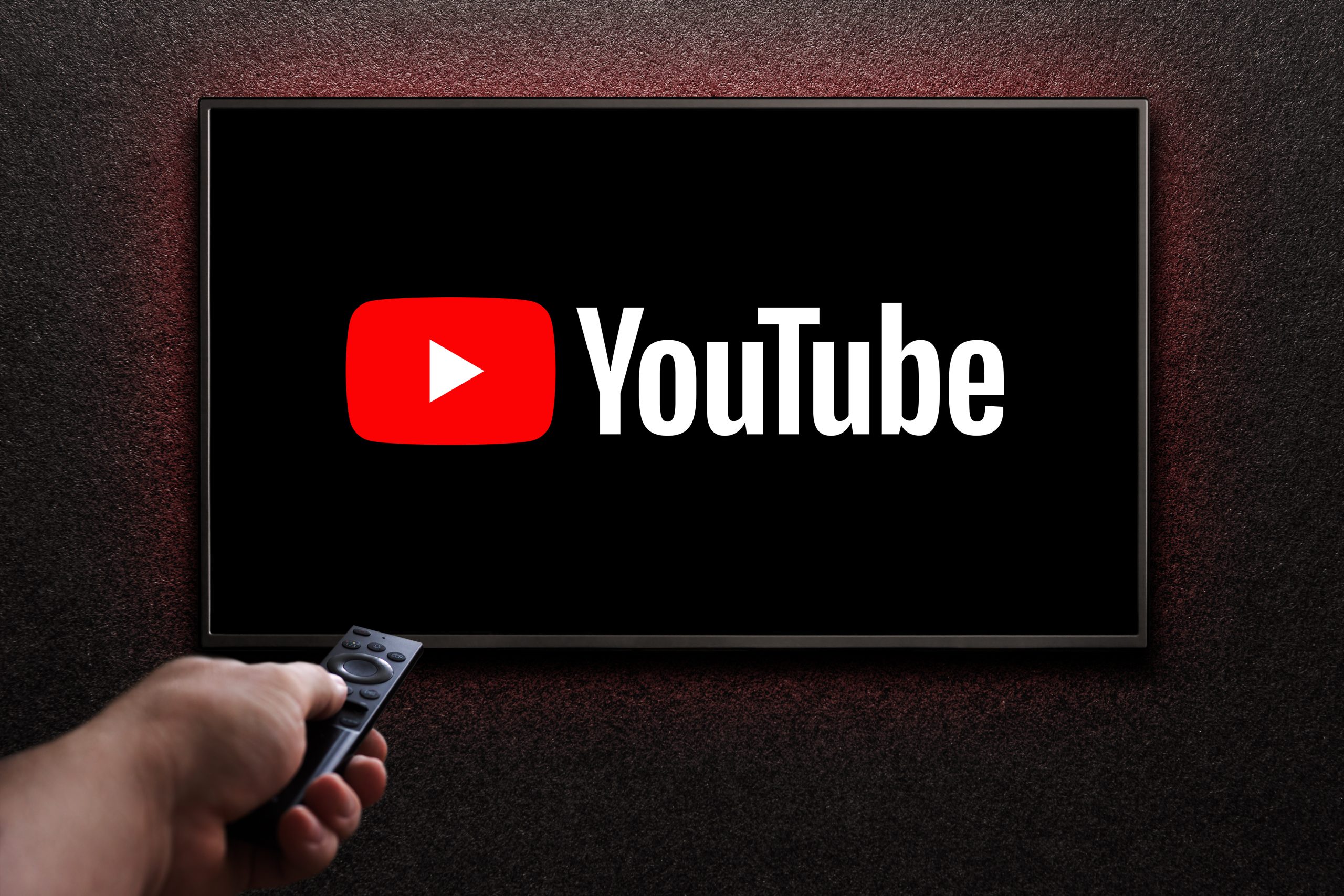YouTube continues to position itself as a modern-day TV platform, claiming prominence in living rooms, launching high-profile partnerships and rolling out ever-larger viewing numbers. At Cannes, Google boldly announced that YouTube Shorts now racks up 200 billion daily views, a staggering figure. But, like Meta and X before it, YouTube is increasingly retreating into metrics that resist independent scrutiny. YouTube wants the prestige of BAFTA winning content, the targeting of a programmatic DSP, and the measurement rigour of… well, none.
Announced last week, YouTube has decided to exit BARB, the UK’s TV measurement system. For many in the industry, this move feels like a step back. It raises an uncomfortable truth: we’re being asked to accept eye-watering numbers without clarity on what they mean. What constitutes a ‘view’? How long was it watched? Was it on mute? Skipped? Auto-played? As Google steps away from traditional TV measurement frameworks, it becomes even harder to compare apples with apples or in this case, Shorts with spots. The Media Leader even questioned those stats on Shorts from YouTube, “200bn daily views. There are about 8bn people in the world. That would mean each person is watching 25 Shorts per day. Every day.” Conflating YouTube views, as we more accurately should call it exposures, with 30”, big screen TV views doesn’t seem particularly fair to platforms and advertisers alike.
Thinkbox addressed this head-on earlier this year, challenging the industry to think critically about how platforms like Google are being evaluated. One standout insight: when you strip out SME spend on search and social, much of which doesn’t compete with brand-building AV channels, TV’s share of advertising spend more than doubles. But on the surface, the numbers suggest otherwise, skewing perceptions and undervaluing proven, premium channels in the eyes of Wall Street and CMOs alike.
And this distortion doesn’t just hurt advertisers, it has knock-on effects across the media ecosystem. When AV investment flows to platforms without independent oversight or a public service remit, it undermines the sustainability of UK broadcasters who fund local journalism, scripted drama and culturally representative content. YouTube’s step back from BARB widens this accountability gap tilting power further towards platforms that aren’t bound by the same responsibilities or regulation.
Now, partly in response to growing pressure, BARB has taken matters into their own hands. As of July 2025, the UK’s industry measurement body began reporting TV-set viewing for 200 individual YouTube channels, what it claims to be a world first. This spans a range of content, from children’s favourites like Peppa Pig and Bluey to influencers like MrBeast and the Sidemen. In news, that’s a shock to no one, Peppa Pig topped the July YouTube viewing chart – we’re curious to see if that’s a dependable trend moving forward.
Initial results show that TV sets now account for 43% of in-home YouTube viewing for adults 16+ and 53% for children aged 4–15 up from 34% and 41% the year before. It’s further proof that YouTube is a huge part of the TV screen. But it’s also worth noting that this measurement still captures only a narrow slice of the platform. Shorts, the long tail of creators and a huge proportion of YouTube content remain unmeasured and therefore, still opaque to advertisers. Something that will only become more difficult to measure without YouTube’s ongoing support.
In parallel, YouTube is eating into viewing habits, especially on the TV screen. According to OFCOM’s 2025 Media Nations report, YouTube now accounts for 14% of total video viewing across all age groups, ahead of ITV (12%) and Netflix (8%). Side note, YouTube is behind only the BBC.
It also raises a broader question: is YouTube really TV?
From a technical perspective, YouTube is increasingly viewed on TV screens. And Ofcom’s analysis shows that it’s often the first destination when audiences, especially younger ones, switch on the TV. Among children aged 4-15, YouTube is the top choice, ahead of both linear channels and SVoD. Among 16-34s, YouTube is now the most-watched individual video service, followed by Netflix with BBC content sitting in third place.
Despite the screen shift, YouTube’s content is still dominated by short-form, user-generated, unregulated video. It lacks the editorial standards, storytelling investment, and viewer guarantees that define quality TV advertising environments. It’s an ad model built for scale and impressions, not necessarily for resonance or recall.
So while YouTube absolutely has a place on plans, particularly for scale, positioning it alongside premium AV channels for brand-building impact may be premature. Platforms like Netflix, Disney+, and broadcaster VOD services have invested in regulation, long-form storytelling, and high-quality environments. These are the things that elevate content and advertising.
Even within YouTube, the content story is ever changing. Enders Analysis found that half of YouTube’s trending content now resembles traditional TV, which creates new opportunities for advertisers. But that doesn’t negate the fact that most YouTube viewing still doesn’t meet the thresholds many advertisers expect from high-attention AV buys.
And at a time when trust in media is more critical than ever, platforms pulling back from independent measurement don’t help the cause. Advertisers deserve accountability. They deserve confidence in what they’re buying. And they deserve a shared set of standards that level the playing field.
BARB’s new YouTube initiative is a step in the right direction, but a limited one. Until the platform opens up its broader ecosystem to consistent, independent verification, the tension remains.
If YouTube wants to be seen as TV, then it needs to be measured like TV. Until then, it remains an essential video platform for consumers and advertisers, but not quite a television one.
